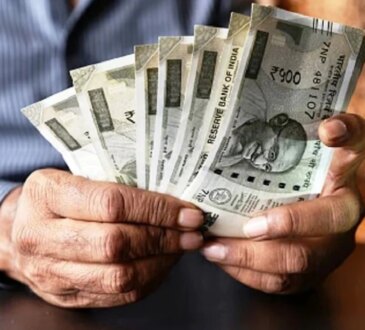
Indian millennials are increasingly turning to forex trading as a side hustle, driven by its low capital entry, flexible hours, and access to online tutorials from social media influencers. They use it as a tool for quick returns, and as a hedge against the depreciating rupee.

In the side-hustle and digital-gigging economy, Indian millennials are increasingly moving beyond the conventional means of freelancing or investing in mutual funds. Instead, a lot more are gravitating toward forex trading, where high speed meets high stakes, as their chief financial outlet. Forex trading, once the domain of bankers and global hedge funds, has lately been democratized by mobile-first platforms, real-time market data, and a generation hungry to assert financial independence.
From co-working spaces in Delhi to late-night Zoom sessions in Bengaluru, millennials are transforming the 24-hour currency markets into an energetic environment for the generation of income. Right as the rupee moves amidst the tides of global economic forces teasing daily waves of currency pairs, Indian youth exploit these opportunities, funding their EMIs to perhaps another weekend vacation.
A Hustle Trying to Fit the New Gig Economy
Forex trading perfectly fits the millennial mindset of instant access, working on their own clock, and the possibility of making quick returns. Instead of stock market investments requiring holding periods and waiting bodies, currency trading allows for instant speculation. Whether it’s USD/INR or GBP/JPY, the young traders get in and out of the market within minutes. For millennials juggling multiple side gigs or working full-time jobs, Forex keeps a financial activity that does not interfere with their nine-to-five grind.
Low-Capital Entry Makes It Popular
You don’t require a fortune to engage in forex trading. Forearmed by brokers with micro accounts and leverage tools, Indian millennials might begin with as little as ₹500. This low starting barrier made forex attractive as a beginner investing step. Where real estate or mutual funds require bulk capital or long commitments, trading in forex hits the immediate engagement button-a frequently preferred entry point among the Indian financially curious youth.
YouTube Mentors and Telegram Signals
The internet-infused learning method has skyrocketed the interest in Forex in India. Social media influencers and YouTube mentors provide beginner tutorials, explain the pros and cons of scalping or swing trading strategies, and, in some cases, even pass on daily signals through Telegram groups. Such an accessible level of educational content has helped newbies become confident traders in a matter of weeks. Some influencers, in fact, gained massive followings simply by translating otherwise complicated forex charts into lessons that anybody could understand.
Hedge Against an Eroding Rupee
As the Indian rupee continues to be pressured by rising inflation and geopolitical tensions, forex is being used as a setting for hedge by several millennials. By betting on comparatively stronger currencies like the US dollar or the euro, young traders seek to offset losses they may bear from the erosion of their domestic currency. An application of forex in this manner is not just speculative but strategically so, especially when it comes to saving for foreign education, traveling abroad, or relocating.
What next?
Trading in forex is a phenomenon Indian millennials have created for themselves: not a fast money bag, but a nimble-tech savvy side hustle. It tells of a generation willing to globalize their income sources, take charge of their finances, and stay ahead of inflation. So, currency markets continue to disarray a bit, one thing is for sure: Indian youths are prepared to ride the wave with one trade at a time.
Disclaimer:
This article is from the Brand Desk. User discretion is advised.
Topics




